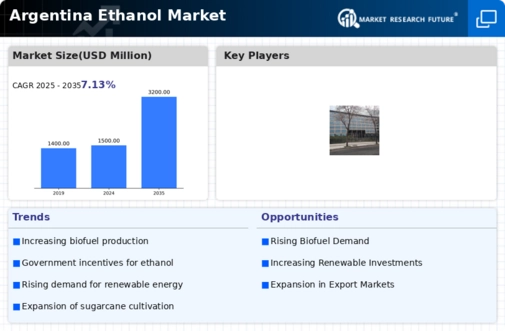The Argentina Ethanol Market presents a landscape characterized by diverse competitive dynamics shaped by both domestic production and international trade policies. This market has been evolving steadily, influenced by government regulations aimed at promoting renewable energy sources and reducing reliance on fossil fuels. The emergence of ethanol as a key biofuel has compelled companies to innovate and optimize their production processes while engaging in strategic partnerships and collaborations. Due to Argentina's abundant agricultural resources, particularly in corn and sugarcane, the ethanol sector is positioned for growth, driven by both consumer demand for greener energy and an increasing emphasis on sustainability.
CEPAL holds a significant position within the Argentina Ethanol Market, being recognized for its robust production capabilities and commitment to sustainable practices. The company has successfully harnessed local resources to create high-quality ethanol, establishing a strong relationship with agricultural suppliers and leveraging its operational efficiency. CEPAL's manufacturing facilities are strategically located, allowing for streamlined distribution and lower transportation costs. The company’s emphasis on RD has enabled it to develop innovative processes that enhance yield and reduce environmental impact, enhancing its competitive edge.
Furthermore, CEPAL's commitment to sustainability and compliance with government biofuel mandates has reinforced its market presence, making it a preferred player in the ethanol segment within Argentina. Andes Energies has carved out a notable niche in the Argentina Ethanol Market through its comprehensive approach to energy solutions. The company is known for its high-quality production of ethanol derived from both sugarcane and maize, which not only meets domestic demand but also positions it for export opportunities. Andes Energies focuses on sustainable practices, which resonate well within the current market climate favoring environmentally friendly products.
The company has engaged in strategic mergers and partnerships, enhancing its capabilities and reach in the region. By continuously investing in advanced technologies and processes, Andes Energies maintains a competitive advantage, ensuring high production efficiency and lower costs. Their commitment to research and innovation has enabled them to expand their portfolio within the renewable energy sector, establishing a strong foothold in Argentina’s growing ethanol market.












Leave a Comment